Houdini wrote, produced and starred in two of his feature films; he wrote a number of treatments – plots for potential productions; and he self-published several of these treatments. *
This post continues a series of posts where I summarize (or share tidbits about) film treatments (published and unpublished) by Houdini
- The Marvelous Adventures of Houdini (1917)*
- The Man From Beyond (1921)
- Haldane of the Secret Service or Mysterious Mr. Yu (1921)*
- Frizzo––Master Magician (1921)
- Yar, the Primeval Man (1921)*
- Il Mistero de Osiris or The Mystery of the Jewel (1921)*
- The Great Tontine (unpublished)* [Tom Boldt Collection (TBC)]
- The Monster (unpublished)* [TBC]
- The Vulture (unpublished)* [TBC]
- Floating Through Space (unpublished)* [TBC]
- Blood Brothers (unpublished) [TBC]
- Out of the Shadows (unpublished) [HHCE Collection]
* “Film Treatment” can be found in Patrick Culliton’s book, Houdini’s Strange Tales – A Collection of fiction by the legendary Harry Houdini [1992]
Today, we look at Il Mistero de Osiris or The Mystery of the Jewel, courtesy of Silverman (italicized text) and the Harry Ransom Center (images):
At a U.S. Customs Service auction of unclaimed films, he bought an Italian-made feature, Il Mistero Di Osiris (The Mystery of Osiris) [and copy-righted the film as his own]
The Roman company that produced it, Vera Film had also published a lengthy scenario of the action, which Houdini had closely translated to English.
He published this as a pamphlet, The Mystery of the Jewel, with his name [actually Houdini’s portrait] on the cover. Giving no indication of the Italian original, he allowed it to pass as a scenario or short-story by himself.
…
Il Mistero gave Houdini the notion of making a roughly similar film based on Egyptian ideas of reincarnation, to be shot partly as the Grand Hotel in Cairo. To finance it he organized late in 1921 a new company, Mystery Pictures Corporation, again headed by himself and Hardeen.
He commissioned a photoplay, bought some stock footage of Egypt (the Nile, the Sphinx, a flotilla of crocodiles), and put the film into production as “The Ashes of Passion,” using FDC as a developing lab.
The picture was retitled “Reincarnation,” but however much of it he completed, if any, has disappeared.
Below is a summary of the photoplay.
The theory of re-incarnation, and the trans-migration of souls, and the scene is laid in Cairo of the present day, where a certain Princess and a painter meet. The Princess believes herself the re-incarnation of a woman who lived in the dim ages of the past, and whose love and life were beytrayed by one, Araxez, whom she now believes to be re-incarnated in the painter. She has no difficulty in luring the painter to the underground tomb of Araxez, where, after vividly recounting the story of his treachery is stabbed to death; the mystery lies in the identity of his murderer. The modern scenes include some pictures of Cairo today, the pyramids, the tomb of Memnon, and other well-known Egyptian monuments; whilst the scenes of ancient Egypt introduce a number of ancient ceremonies, one of which is the peculiar rite of uncovering a mummy at the marriage feast.

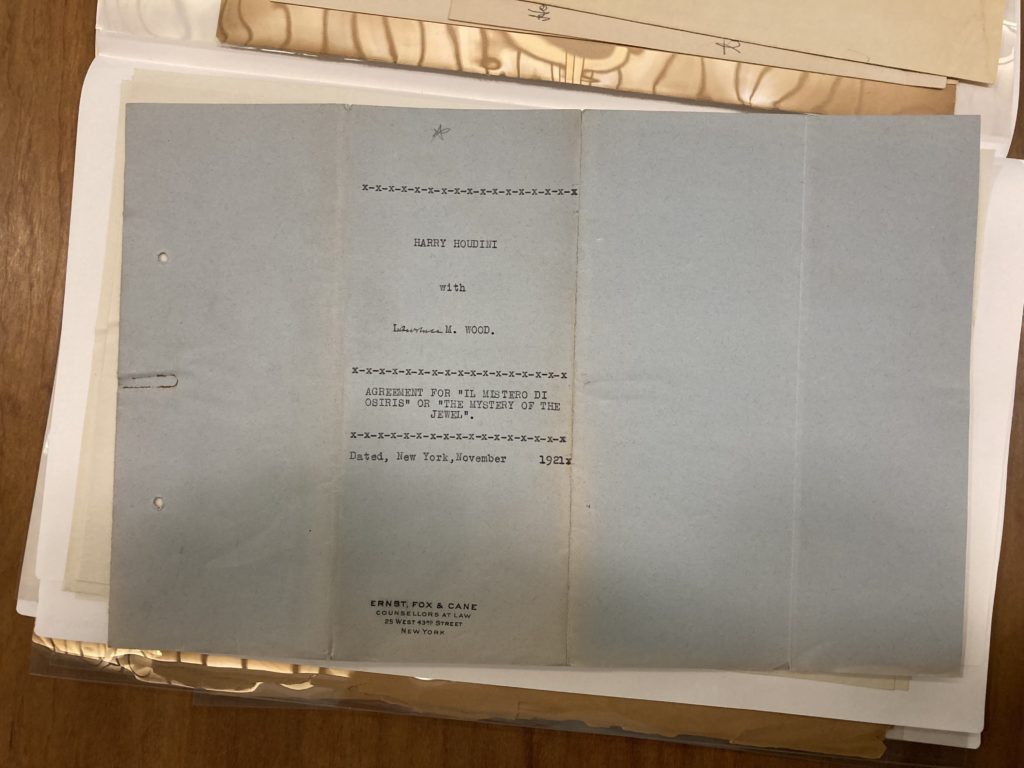
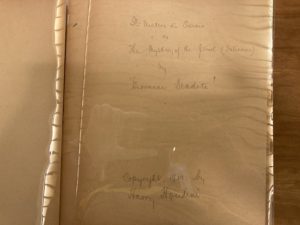


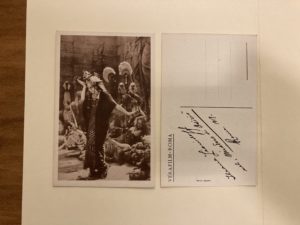
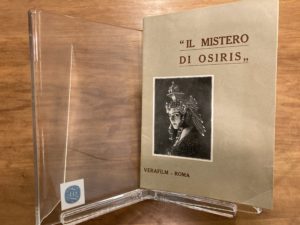
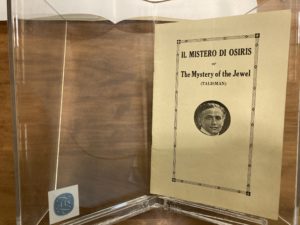

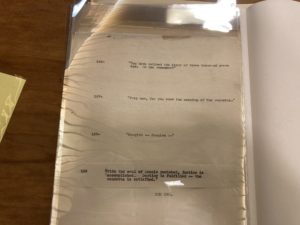
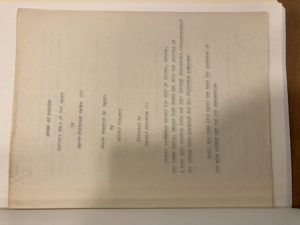

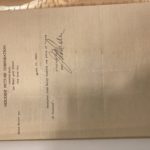
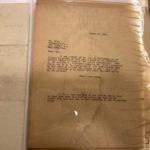

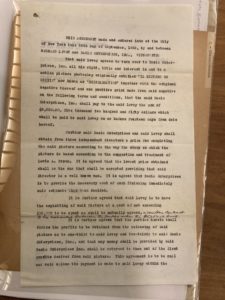

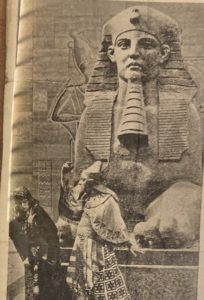
Man, those are interesting documents! Thanks for sharing.
I was excited to see the 1922 contract with Basic Enterprises as that seems to tell us what finally became of this film, as far as Houdini’s ownership at least. But that 1923 letter throws a monkey wrench into that as it appears Houdini is still trying to option/sell the movie a year later, this time to a Sheik Tahar. Did he ever sell it I wonder?
Great observations. It appears it wasn’t sold to Basic Enterprises, nor Sheik Tahar. The contract with Sheik Tahar was an oral arrangement made on April 25, 1923. On July 3rd and July 24, 1923 Houdini asked Sheik to return the stills for “Ashes of Passion”.